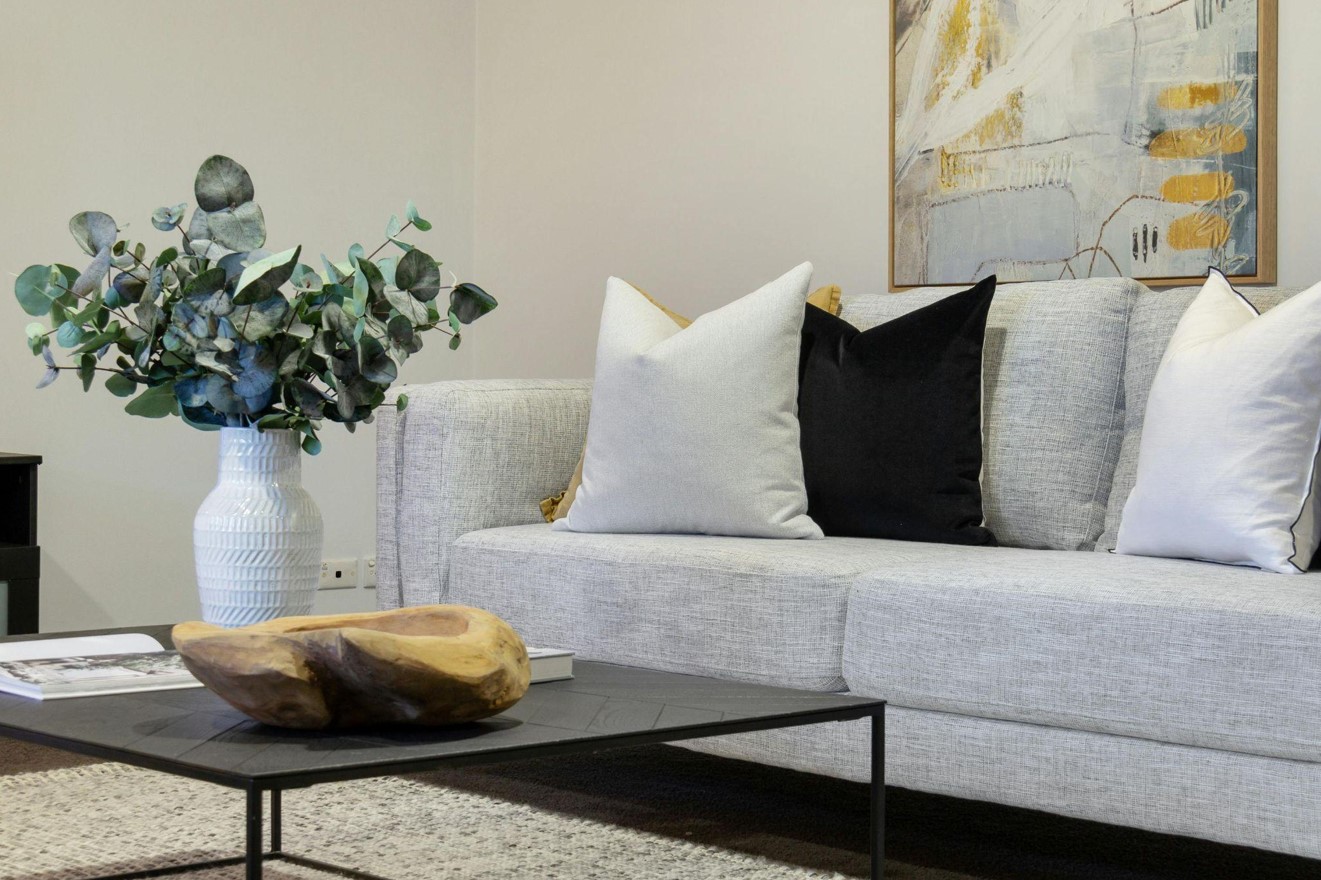Designers constantly seek versatile, aesthetic solutions to elevate indoor spaces. One such timeless addition is the fake tree. With advancements in quality and craftsmanship, fake trees are more realistic and stylish than ever. This guide will help designers understand how to choose the perfect fake tree while aligning with modern design principles.
Why Designers Are Embracing Fake Trees
Fake trees offer unmatched convenience. Unlike live plants, they require no watering, trimming, or specific light. Modern artificial trees are crafted with such precision that they mimic the appearance of actual trees, complete with lifelike textures and nuanced colors.
Fake trees create a serene, earthy ambiance without high maintenance for designers working on yoga studios, retreats, or holistic spaces. Their consistent appearance ensures a worry-free aesthetic, even in spaces with fluctuating light or temperatures, where live plants might struggle.
Moreover, sustainability is a compelling reason to opt for fake trees. Many premium artificial trees today are made using eco-friendly materials, reducing environmental impact. By choosing high-quality options, designers can create beautiful spaces while remaining mindful of sustainability.
Tips for Selecting the Ideal Fake Tree
1. Match Tree Styles with Space Themes
Fake trees come in diverse styles, from towering palms for tropical retreats to ficus and olive trees for serene interiors. Consider the overall design theme—minimalist, rustic, bohemian, or modern—and select a tree that complements it seamlessly.
For example, a yoga studio with earthy tones might benefit from the understated elegance of a fiddle-leaf fig. Meanwhile, a retreat center in a breezy tropical setting could elevate its interiors with artificial palms or monstera plants.
2. Prioritize Quality Over Cost
Not all fake trees are created equal. Cheaper options can appear plastic-like or unrealistic, undermining the desired ambiance. Look for premium trees with UV protection, high-quality silk, and natural wood trunks.
Pay attention to detail—the texture of leaves, natural variations in color, and the quality of the tree base. A well-crafted tree is an investment that will enhance the space for years.
3. Choose the Right Size and Placement
Selecting the right size is crucial to achieving harmony in design. A larger fake tree can become the centerpiece of a room, while smaller options can fill corners or act as accent pieces.
Placement also matters. For instance, fake trees can frame seating areas, create a focal point in entrances, or add vertical interest to unused corners. Designers should always measure space constraints to ensure proportionality.
Incorporating fake trees into design enhances beauty, simplifies upkeep, and elevates client satisfaction. By selecting carefully crafted options, designers can create visually stunning and hassle-free interiors. Whether it’s a tranquil yoga retreat or a lively communal area, fake trees provide lasting charm without compromise.

